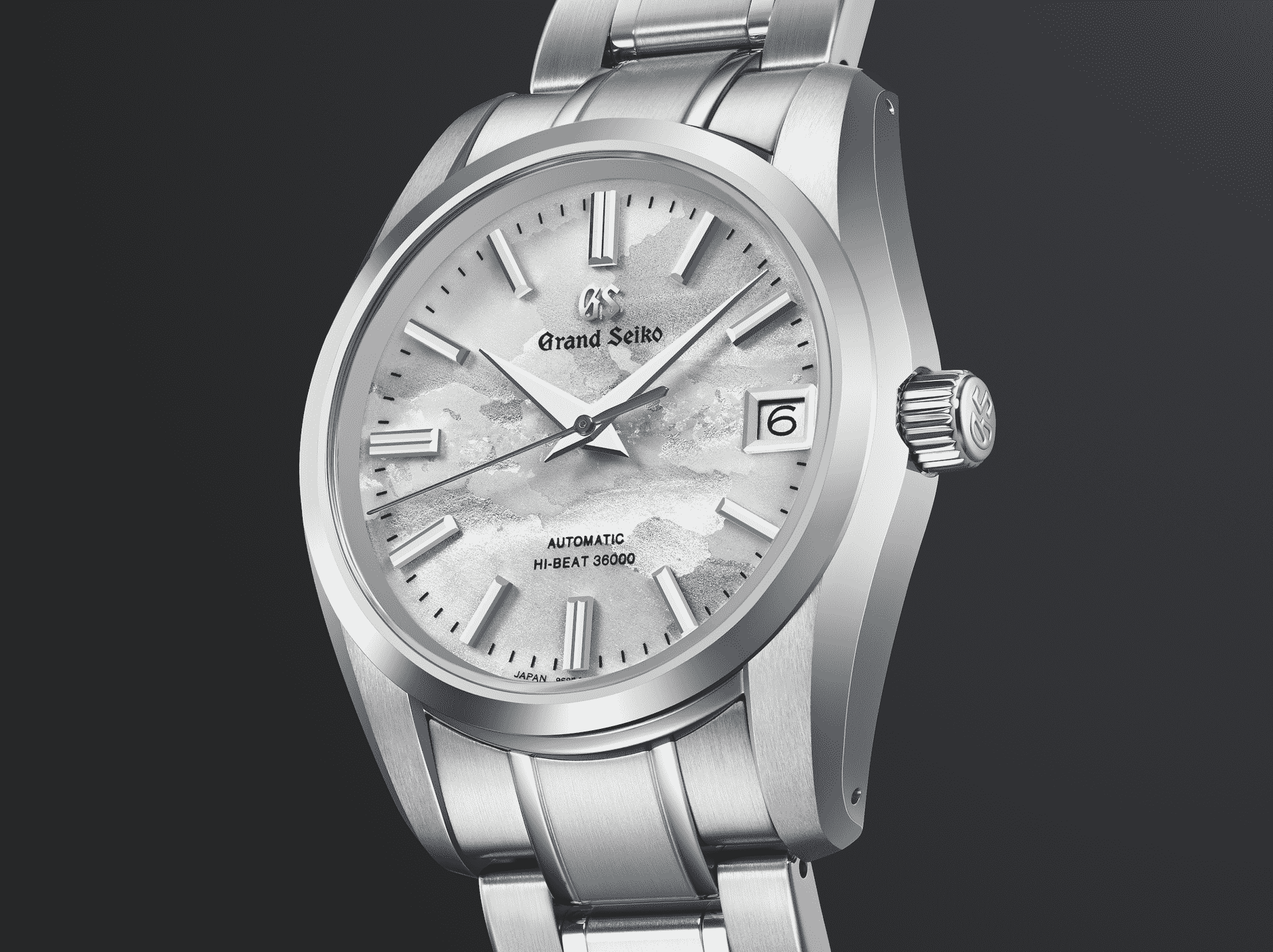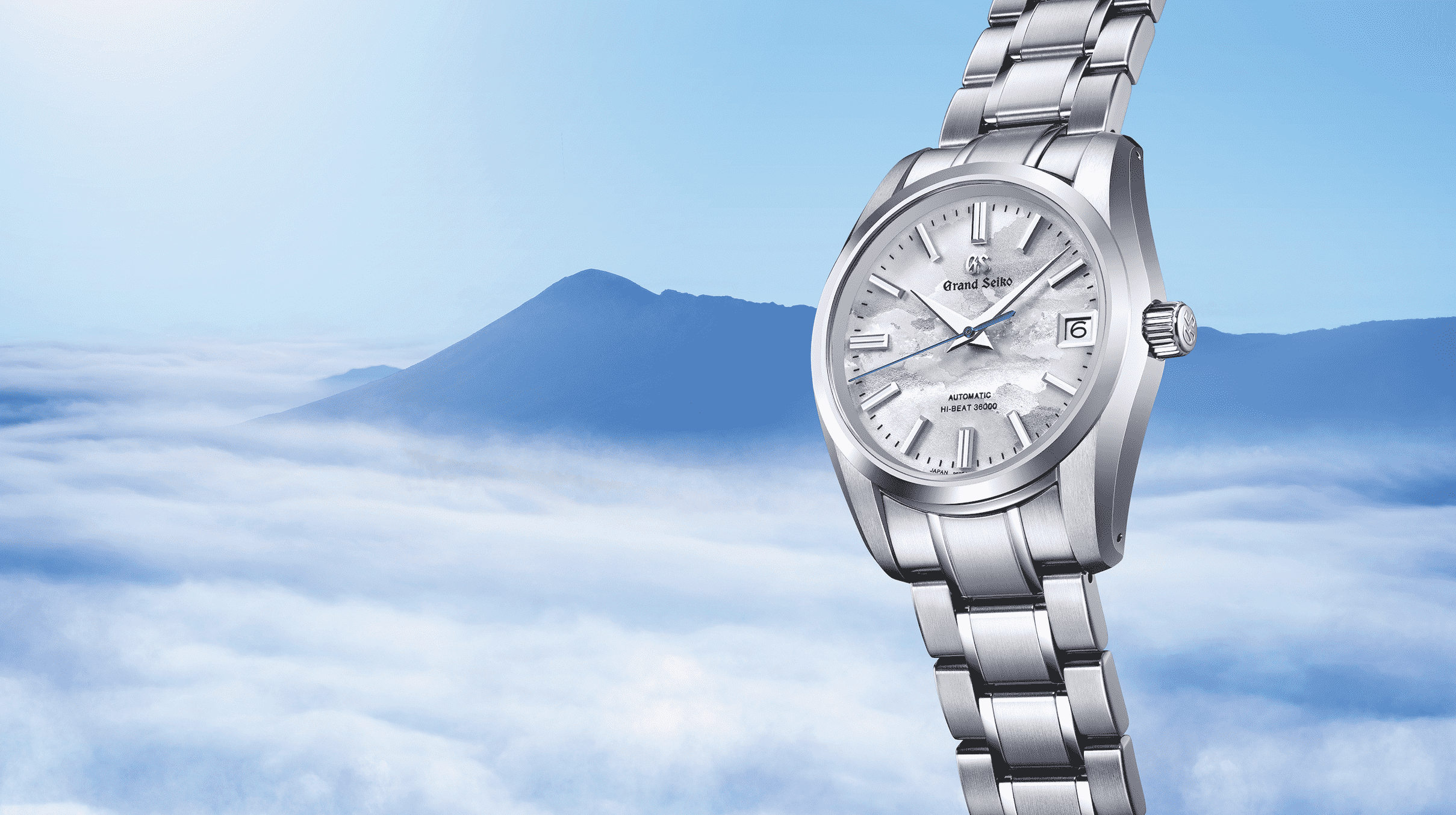Grand Seiko officially marked its foray into Singapore with the opening of their flagship boutique at Marina Bay Sands earlier this year, establishing their expansion in the Asia Pacific region. At 134 sqm (1,442 sq ft), the concept boutique is the first in the world to adopt new design aesthetics inspired by the brand’s philosophy, “The Nature of Time”.
Grand Seiko was a subsidiary of the Seiko Group until 2017, when the artisanal brand became independent. After establishing headquarters in America (2018) and Europe (2020), Grand Seiko’s presence in APAC has been a long time coming. “The expansion was already set from the beginning, however, it’s just a case of not being able to do it all simultaneously,” said Yoshikatsu Kawada, Managing Director of Grand Seiko Asia Pacific and Executive Vice President of Seiko Watch Corporation.
Kawada began his career at the Seiko Group managing the Sales & Marketing of International Markets in 1985, with his first executive appointment as Vice President of the Seiko Corporation of America in 1993. Here, he talks to us about the brand’s expansion, identity, and their philosophical approach.
The commitment to establish an APAC office speaks volumes about the brand’s expansion. How do you see the potential of growth in Singapore and the region?
We actually have a very long history in Singapore. As early as 2010, we started marketing Grand Seiko outside of Japan, with Singapore being among the first countries. And it still stands to have a huge opportunity here, not only towards the local Singaporean market, but there are also expectations from all the inbound tourists including China and the rest of the Southeast Asian countries. We have partnered with our major retailers here, such as The Hour Glass, Sincere Fine Watches, and Cortina Watch.
(Related: Smart Refinements)
Since the founding of the Grand Seiko European and American headquarters, was there a similar strategy that was applied to building the APAC office when it comes to building the brand identity?
Definitely. It was only in 2017 when Grand Seiko became an independent brand, completing the separation from Seiko. Particularly for the overseas market, there was lots of confusion between Grand Seiko and Seiko. Grand Seiko belongs to the luxury category, whereas Seiko has always been regarded as the middle-priced range. In order to avoid the confusion, not only at the trade level, but at the consumer level, we decided to establish this limited Grand Seiko operation company. Hence, we started with USA, Europe, and finally we’re here in Asia Pacific. Singapore has been amazing when it comes to development, and it's now become one of the most important luxury markets for watches.
At the last Watches & Wonders, Grand Seiko stunned with an impressive lineup, with the debut of a constant-force tourbillon, as well as an exemplary exhibition of technical and artisanal mastery in the Spring Drive watches. While such clever innovation has riddled watch brands nowadays to achieve the same, how does Grand Seiko stay relevant?
Our founder, Kintaro Hattori, who founded the company in 1881, had the philosophy that Grand Seiko should be “always one step ahead of the rest”. We always push to break the boundary of watchmaking, to strive for innovation and refinement. In a sense, we don’t want to disappoint our consumers. So please always expect something new from us.
Who are the people who wear Grand Seiko watches?
The Grand Seiko audience is quite young — generally from the mid-30s. I believe the younger consumers appreciate our craftsmanship, the Japanese sensibility, and our philosophy surrounding nature; it resonates with the more discerning consumers, per se.
At this pace, what are Grand Seiko’s goals and targets? What can we expect in the next year or so?
Currently, Grand Seiko Asia Pacific is in charge of the Singapore and Malaysia markets. From April this year, we will be taking care of the Philippine and Indonesian markets as well. Our priority is to focus on these four markets, with new markets such as Vietnam in the pipeline.
Our subsidiary office in Thailand has already been established for years. We have been coordinating with the team regarding all the marketing activities and selection of distribution. Likewise, we are in sync with our other sub offices in other countries, such as Taiwan and Australia.
What would you say is the most important aspect that the watch industry, on the whole, can still improve on?
This isn’t just restricted to the watch industry, but sustainability has been such a key word for society. In 2020, we established our factory up north in Shizuku-ishi Watch Studio, in the city of Morioka. As an area riddled with nature, we take sustainability very seriously. We incorporate several measures in that area, such as using solar panels to generate electricity, and recycling water.














 Back
Back
